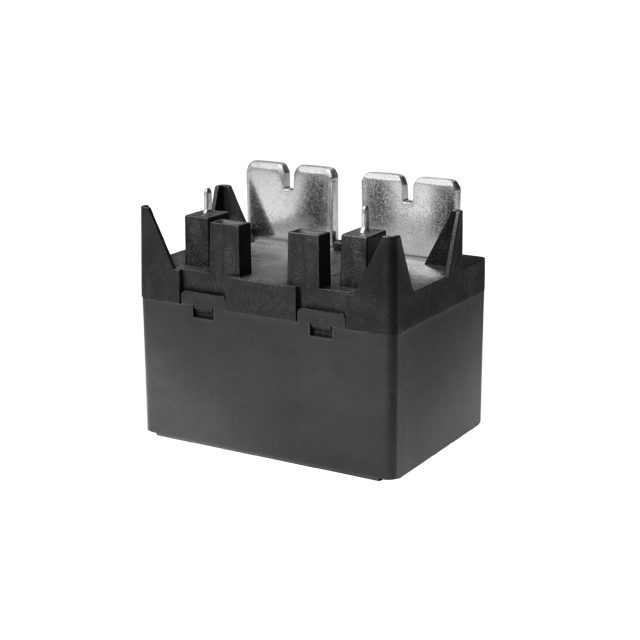Relays are essential components in electrical and electronic systems, acting as automatic switches that control the flow of current and voltage to various parts of the circuit. Whether used in industrial machinery, home appliances, or automotive applications, relays play a critical role in ensuring the proper functioning of electrical systems. However, just as important as their basic functionality are the safety features built into relays, which protect both the system and its components from damage. In this article, we will explore key safety features of relays and their significance in maintaining the reliability and protection of electrical circuits.

1. Overcurrent Protection One of the primary safety concerns in electrical circuits is the risk of excessive current, which can lead to overheating, component failure, or even fires. Relays equipped with overcurrent protection automatically disconnect the circuit if the current exceeds a safe threshold. This feature is crucial in preventing damage to sensitive components or wiring, as it ensures that the system remains within its specified limits. Overcurrent protection is particularly important in applications where load conditions can change unexpectedly, such as in industrial machinery or power distribution networks.